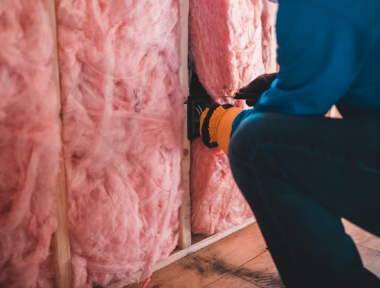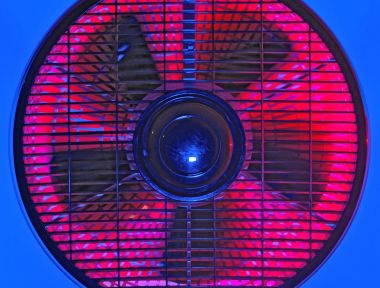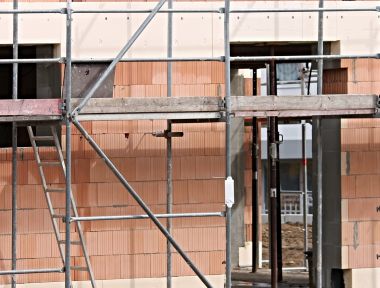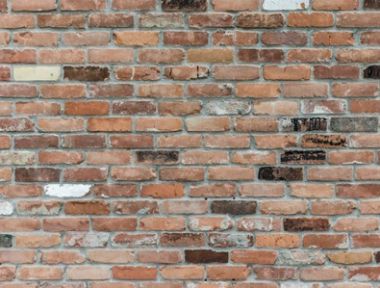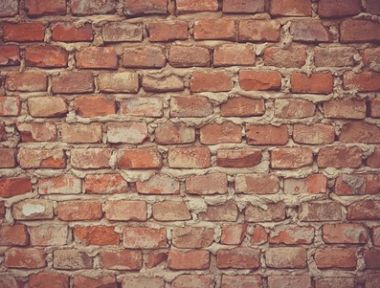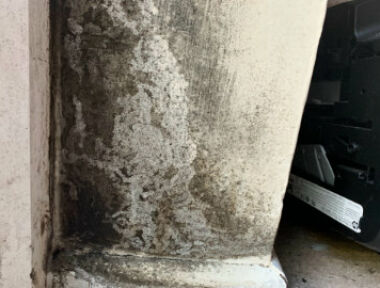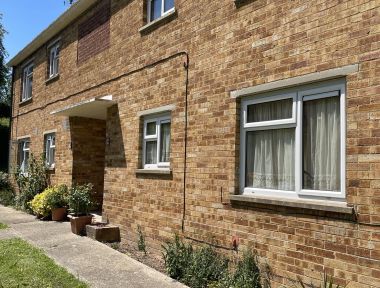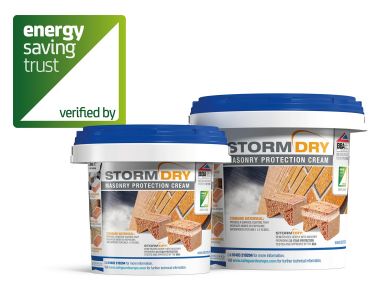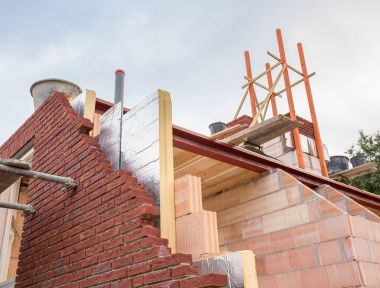Damp in your home can not only look unsightly, but it can also have a negative impact on your health and affect the structure of the building. Whatever is causing the dampness, whether it’s cracks in the walls or poorly installed cavity wall insulation, tackling the issue as soon as possible is hugely important.
Assessing what is causing the dampness in your home is a good first step to tackling it. It will be impossible to rid your home of mould if this isn’t fixed. It could be as simple as clearing your gutters of blockages or you may need professional work doing, such as if you have missing tiles on your roof. As well as identifying the cause, there are plenty of steps you can take to reduce dampness within your home.
- Regularly ventilate your rooms – Allowing air to freely move around can cut the chances of dampness occurring and help address the issue if it’s already caused mould. Rooms that are used regularly should be ventilated, leaving a window open for a while can help achieve this.
- Dry clothes outdoors – Drying clothes indoors can increase the moisture within the home, leading to dampness. Where possible it’s a good idea to dry clothing and other items outdoors or if you use a tumble dryer to ensure the machine is properly ventilated.
- Shut the doors – If you’re taking a hot shower or cooking shutting the doors between the rooms can prevent steam from entering colder rooms, which can then lead to condensation forming.
- Use an extractor fan – If you have one, turning on an extractor fan can have a big impact on reducing dampness within your home. If dampness is a persistent issue in your house, installing an extractor fan in the kitchen and bathroom should be a step you consider.
- Wipe down damp surfaces – Damp surfaces, such as window sills and kitchen counters after cooking, should be wiped down to get rid of the excess moisture.
- Use a dehumidifier – Dehumidifiers draw the moisture out of the air and can be an excellent choice for properties that are not well ventilated or where damp and mould have already begun to form in certain rooms.
- Pull furniture away from the walls – Trapping air between walls and furniture can lead to mould forming as the area isn’t well ventilated. Pulling furniture away from the walls slightly or placing it against internal walls, rather than external walls, can give ventilation within a room a boost.
If your property is suffering from penetrating dampness and mould, contact Extract Insulation to assess your existing cavity wall insulation. We will give you a free no-obligation survey.



